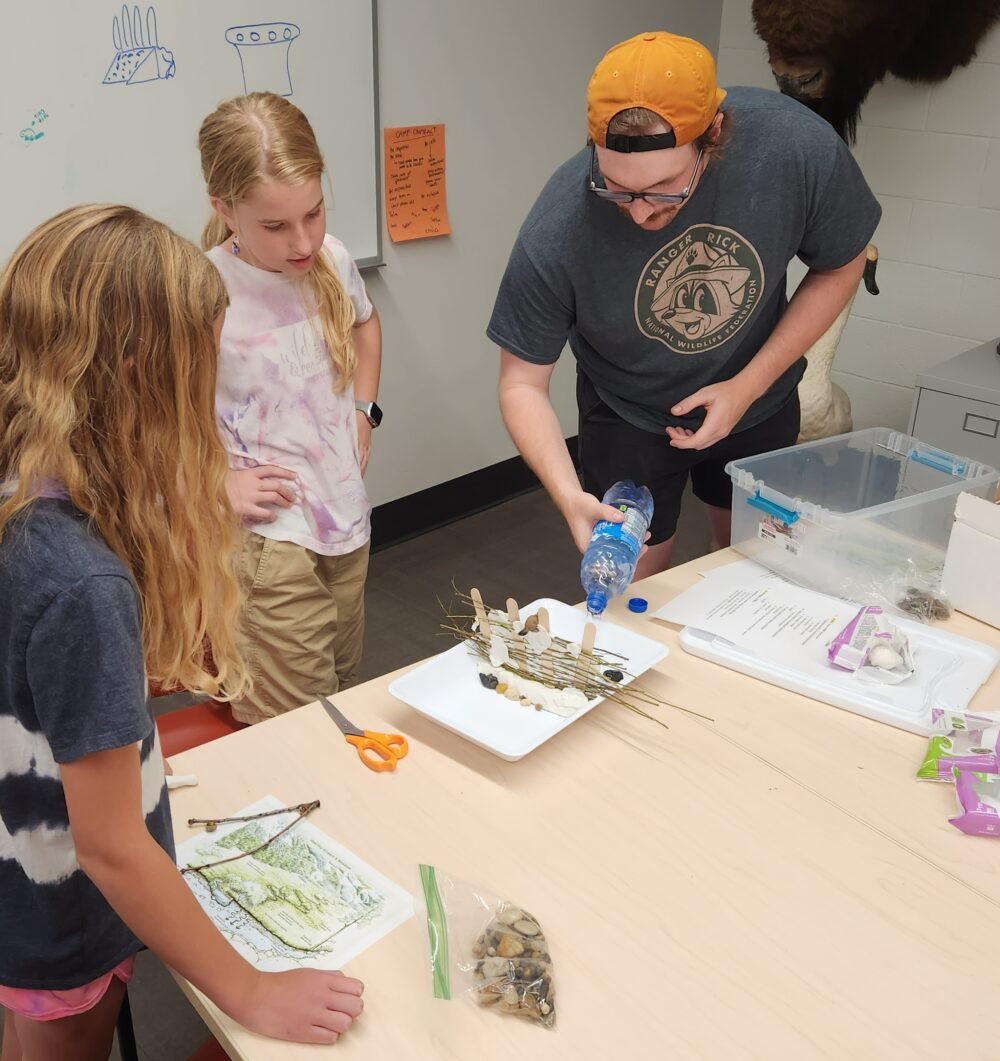We have much more to do and your continued support is needed now more than ever.
Eco-Schools ‘Healthy Schools’ Pathway Addresses a Toxic Problem

Vernice Miller-Travis, former co-chair of the EPA advisory work group on School Air Toxics Monitoring drove to the heart of the issue:
“It is not about how pollution affects bricks and mortar. It is about how pollution affects the children. How are our children supposed to learn if they are made sick by the buildings in which they attend school?”
In April, the American Academy of Pediatrics called for major changes to national chemical management policy because the current system doesn’t protect children from chemical exposure. In May, analysis in the journal Health Affairs showed that “few important changes” had been implemented to cut American kids’ exposure to toxic chemicals since a 2002 study pointing to tremendous costs associated with it. That same month, the CDC reported that Americans were suffering from asthma in record numbers—including nearly one in 10 children.
It is past time for American schools to focus on the healthiness of their physical environment, including issues like building material, mold, lead, optimal lighting, asthma triggers and worsening indoor air quality. Today, the Eco-Schools USA program has officially launched a new ‘Healthy Schools’ pathway, to encourage schools to fully ‘green’ their physical structures and protect their most precious assets—their students.
Through work with the Healthy Schools pathway, students will:
- Develop an understanding of how toxics used in schools affect the learning environment
- Investigate the advantages of natural lighting over artificial lighting
- Conduct an audit of the health of the school environment
- Monitor and interpret air quality and hazardous materials inside and outside the school building
- Collect, analyze, interpret and communicate information related to healthy schools
- Create an action plan to replace toxic cleaners, pesticides, and other unhealthy substances with healthier alternatives
- Communicate about the importance of healthy schools to a variety of audiences, including other students, parents, and the local community
Stay tuned for more information as schools begin work on this new pathway, which also connects to one of the three pillars in the Department of Education’s new US Green Ribbon School Awards program, health of students and staff, and will make it easier for Eco-Schools to gain Green Ribbon recognition.
To find out how to become an Eco-School, visit our website.





















